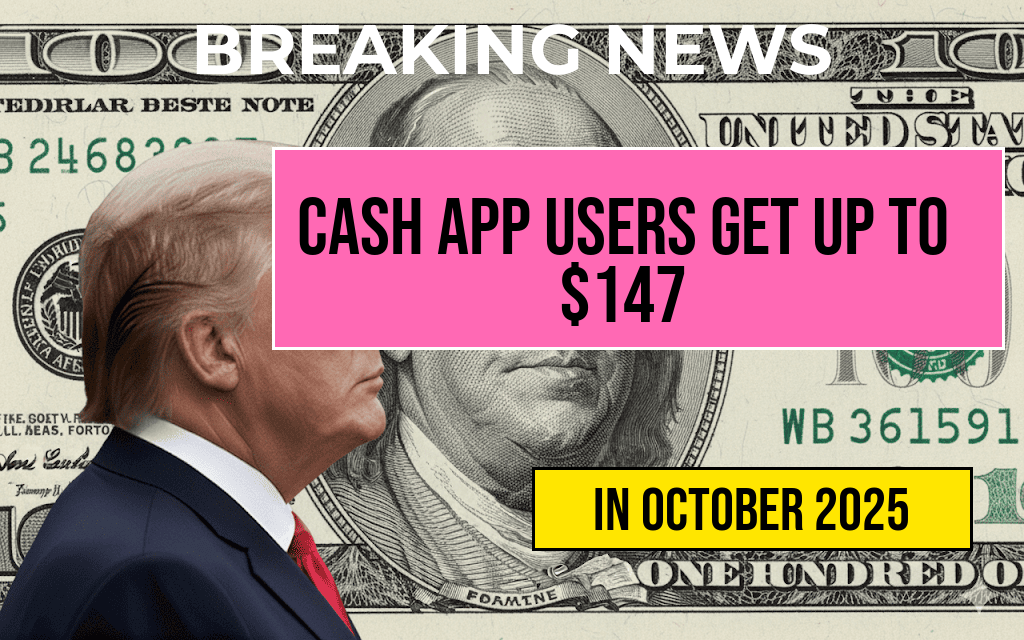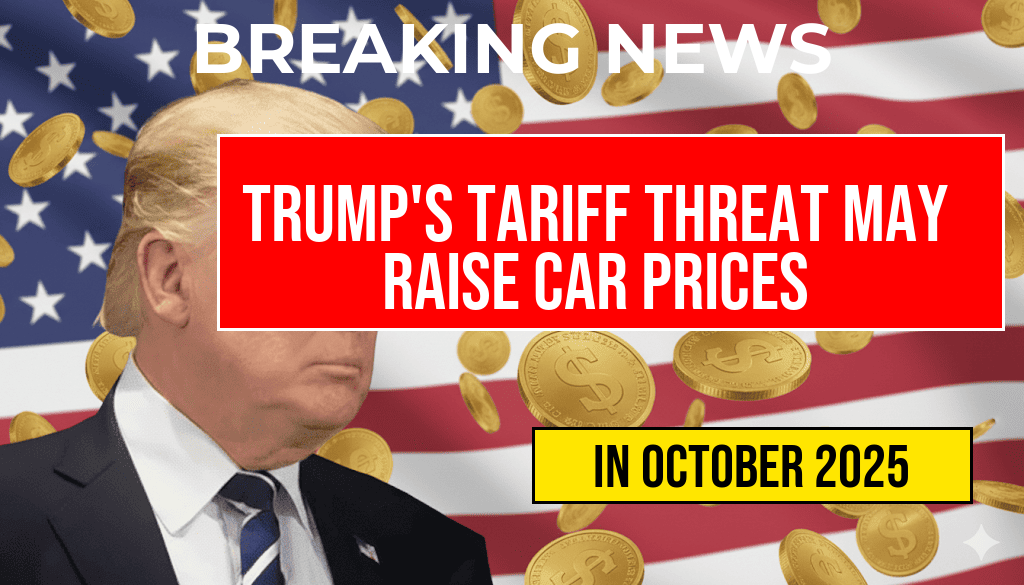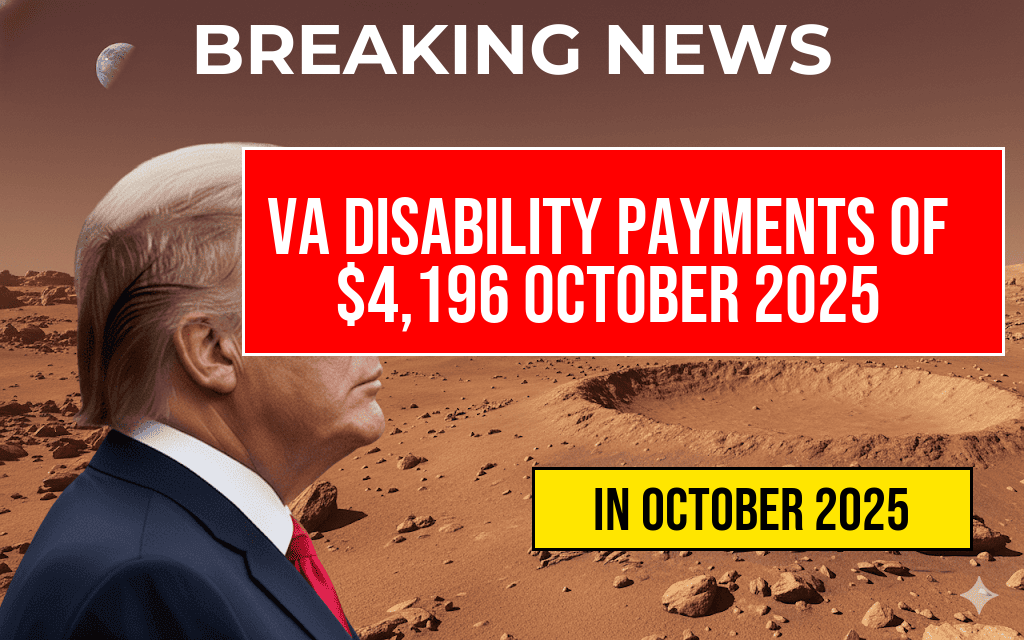The federal government has commenced the distribution of the **fourth stimulus check**, providing eligible Americans with a direct payment of **$2,000**. This initiative aims to support households facing ongoing economic challenges, particularly those impacted by inflation and rising living costs. Unlike previous rounds, the current stimulus effort has specific eligibility criteria and a staggered deposit schedule, which varies based on individual circumstances and filing methods. Beneficiaries can expect to see their funds deposited directly into their bank accounts over the coming weeks. Details surrounding eligibility, application procedures, and the deposit timeline are now available, offering clarity amid ongoing discussions about economic relief measures.
Details of the $2,000 Stimulus Payment
The latest stimulus initiative is part of broader efforts to bolster household income and stimulate economic activity. The $2,000 payments are targeted at qualifying individuals and families who meet specific income and employment criteria. Unlike previous stimulus rounds, this distribution emphasizes direct support for those most in need, with eligibility assessments conducted through recent tax filings and income verification processes.
Eligibility Criteria
- Tax Filing Status: Must have filed a 2022 tax return or meet specific income thresholds based on prior filings.
- Income Limits: Household income must be below $75,000 for individuals or $150,000 for married couples filing jointly.
- Residency: Applicants must be U.S. residents or citizens with valid Social Security numbers.
- Employment Status: The payment targets unemployed, underemployed, or those experiencing income reductions.
- Prior Benefit Recipients: Individuals who received previous stimulus payments or unemployment benefits are generally eligible.
Application and Verification Process
Most eligible recipients are identified through existing tax records and automated processing. For those who did not receive previous payments or missed out in earlier rounds, a simplified application portal has been set up by the IRS to verify eligibility and facilitate direct deposits. It is advisable to check the official IRS website periodically for updates and to ensure all personal information is current to avoid delays.
Deposit Schedule and Distribution Method
The distribution schedule for the **$2,000 stimulus checks** is staggered based on last digit of the applicant’s Social Security number or the method of filing. The IRS has outlined a phased approach to ensure timely delivery across different regions and demographic groups.
| Group | Deposit Start Date |
|---|---|
| Taxpayers with SSN ending in 0 or 1 | October 15, 2023 |
| SSN ending in 2 or 3 | October 22, 2023 |
| SSN ending in 4 or 5 | October 29, 2023 |
| SSN ending in 6 or 7 | November 5, 2023 |
| SSN ending in 8 or 9 | November 12, 2023 |
If recipients have not received their payments by the expected date, they should verify their eligibility status and banking information through the official IRS portal. The federal government emphasizes that payments will be made exclusively via direct deposit or paper check, depending on the recipient’s preference and prior filing methods.
Additional Support Measures and Considerations
Beyond the direct stimulus payments, several ancillary programs complement the current distribution. These include expanded unemployment benefits, rental assistance, and food aid programs aimed at mitigating economic hardship. The stimulus checks are intended to serve as immediate relief, helping families cover essential expenses such as housing, utilities, and groceries during uncertain economic times.
Impact and Public Response
Economic analysts suggest that the $2,000 payments could provide a significant boost to household budgets, especially amid inflationary pressures reported by the U.S. Bureau of Labor Statistics (Wikipedia). Advocacy groups emphasize the importance of timely distribution to ensure vulnerable populations are not left behind. Meanwhile, critics argue that targeted relief should be accompanied by broader economic reforms to address systemic issues contributing to financial instability.
Resources and Further Information
- IRS Official Website: For eligibility verification, application updates, and direct deposit status.
- Congressional Records: Details on legislative measures related to stimulus funding.
- Federal Deposit Insurance Corporation (FDIC): Ensuring safety of bank deposits amid increased transaction volumes.
As distribution progresses, recipients are encouraged to monitor their bank accounts and official communications for updates. The federal government maintains that the ongoing effort aims to provide immediate financial relief while supporting economic stability across the nation.
Frequently Asked Questions
Question
Who is eligible to receive the Fourth Stimulus Check of Two Thousand Dollars?
Question
How can I find out the deposit schedule for my stimulus payment?
Question
What are the eligibility criteria for receiving the Fourth Stimulus Check?
Question
Can I receive the stimulus payment if I missed previous checks?
Question
How will I be notified about the deposit of my stimulus check?
The federal government has begun distributing the fourth stimulus check of $2,000 to eligible recipients, aiming to provide targeted financial relief amid ongoing economic challenges. The payments are being issued through a combination of direct deposits and paper checks, with the schedule varying depending on individual circumstances and jurisdictions. This latest round of assistance is part of broader efforts to stabilize household finances, support economic recovery, and address inflationary pressures that have affected many Americans over the past year.
Distribution Timeline and Eligibility Overview
The $2,000 stimulus payments are currently being processed across multiple states and federal programs. While some recipients have already received their funds, others are expected to see deposits over the coming weeks. The distribution schedule depends heavily on the applicant’s state of residence, the method of application, and specific eligibility criteria set by local authorities and federal agencies.
Who Qualifies for the Fourth Stimulus Check?
- Low- and moderate-income households: Families earning below certain income thresholds are prioritized to ensure relief reaches those most impacted by economic downturns.
- Recipients of unemployment benefits: Individuals currently collecting unemployment may qualify, especially if they meet additional income or household criteria.
- Social safety net program participants: Beneficiaries of programs such as SNAP, TANF, or Medicaid may be eligible for the $2,000 direct payment.
- Residents of specific states: Several states have rolled out their own stimulus initiatives, with eligibility varying based on local legislation.
How to Confirm Your Eligibility
Applicants should check with their state’s official website or the federal government’s IRS news page for detailed eligibility criteria and application procedures. Most programs require proof of income, residency, and current benefit enrollment, with some states offering simplified online application portals.
Deposit Schedule and Payment Methods
| State or Program | Estimated Start Date | Payment Method |
|---|---|---|
| California | October 15, 2023 | Direct deposit or debit card |
| New York | October 20, 2023 | Check and direct deposit |
| Florida | October 25, 2023 | Direct deposit only |
Recipients receiving direct deposits will see the funds reflected in their bank accounts within 24-48 hours of the scheduled date. Paper checks are generally mailed within the same timeframe and may take additional days to arrive, depending on postal service processing.
Additional Considerations and Next Steps
Tax Implications
The $2,000 stimulus checks are classified as federal relief payments and are generally not considered taxable income. However, recipients should consult IRS resources or a tax professional for specific guidance, especially if they received multiple rounds of stimulus aid during the pandemic.
Potential for Future Stimulus Efforts
Legislators continue to debate additional relief measures, including targeted stimulus checks for vulnerable populations and economic sectors still recovering from recent downturns. Stakeholders recommend monitoring official channels such as the U.S. Congress website for updates on future legislation.
Resources for Assistance
Frequently Asked Questions
When is the Fourth Stimulus Check being distributed?
The Fourth Stimulus Check of $2,000 is currently being distributed to eligible recipients. The deposit schedule varies depending on individual bank processing times and payment methods.
Who is eligible to receive the $2,000 stimulus payment?
Eligibility is determined based on specific criteria such as income level, employment status, and previous stimulus participation. Details are provided in the official announcement to ensure that qualified individuals receive the stimulus funds.
How can I check the status of my stimulus deposit?
You can verify the status of your Fourth Stimulus Check by logging into your account on the official government portal or through your bank’s online services. Notifications and updates are also available via email or text message if you have opted in.
Are there any requirements to qualify for the $2,000 payment?
Yes, there are specific requirements including income limits, filing status, and recent employment history. Make sure to review the detailed eligibility criteria provided by the official sources to confirm your qualification.
Will I receive the stimulus payment via direct deposit or mail?
The distribution method depends on the information provided in your application. Most recipients will receive their $2,000 via direct deposit, while others may receive a check or prepaid card in the mail.







